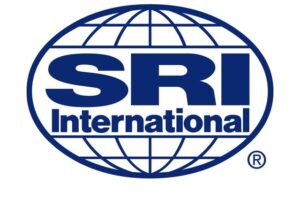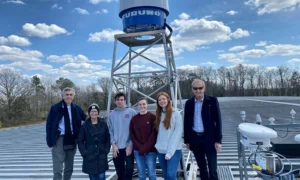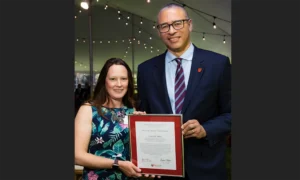The technology used to observe ocean acidification – the shift in ocean chemistry driven by an increase in the amount of carbon dioxide in the atmosphere due to the burning of fossil fuels and other human activities – has followed the same trend of innovation and scaling as computer technology. Measuring ocean chemistry traditionally involves a team of scientists to collect samples at sea and an entire lab team to analytically determine the carbonate chemistry by measuring multiple parameters, including pH. While these methods are still being used, innovations in technology have made continuous pH sampling in our ocean possible. Dr. Grace Saba, an assistant professor at Rutgers University, has worked to develop a new sensor and is leading a project that will combine this new technology, existing data, and modeling to optimize the ocean acidification observing network in the Northeast US.




